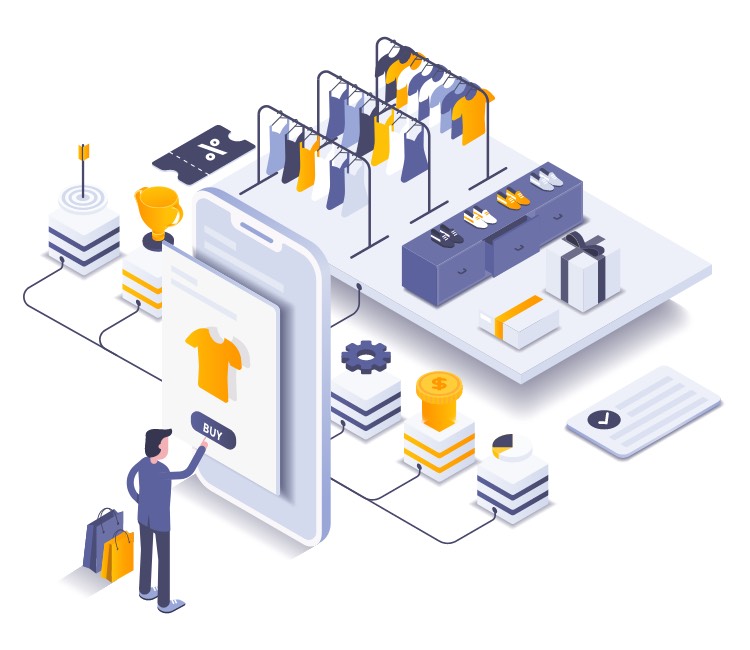Baykanber Insights
Your go-to source for the latest news and trends.
E-commerce Development: Where Clicks Meet Tricks
Unlock the secrets of e-commerce development! Discover expert tips and tricks to boost your online sales and transform clicks into customers.
Top 5 Essential Features for Successful E-commerce Websites
When building a successful e-commerce website, it's crucial to incorporate essential features that enhance user experience and drive conversions. Firstly, a user-friendly interface is paramount; your website should be intuitive and easy to navigate. This includes a well-organized menu, clear product categories, and an effective search function. Secondly, mobile responsiveness is no longer optional; with a significant portion of online shopping occurring on mobile devices, ensuring your site scales beautifully across all screen sizes is vital for retaining customers.
Another key feature is a secure and seamless payment process. Customers need to feel confident that their personal and payment information is safe, so implementing SSL certificates and displaying trusted payment options can bolster their trust. Moreover, incorporating customer reviews and ratings can greatly influence purchasing decisions; showing potential buyers that others have had positive experiences can enhance credibility. Finally, an integrated marketing strategy with features like abandoned cart recovery and personalized recommendations can significantly boost your sales, making these elements indispensable for a thriving e-commerce platform.

How to Optimize Your E-commerce Site for Higher Conversion Rates
Optimizing your e-commerce site for higher conversion rates is crucial for maximizing your online sales. One of the first steps you should take is to ensure that your website is user-friendly. This includes having a responsive design that works seamlessly on both desktop and mobile devices. Additionally, improve your site speed by compressing images and minimizing HTTP requests, as a slow-loading site can frustrate potential customers and lead to a significant drop in conversions.
Another key factor in increasing conversion rates is the use of persuasive product descriptions. Instead of just listing features, focus on the benefits that your products provide to potential buyers. Consider implementing an A/B testing strategy to determine which elements of your site resonate best with your audience. Utilize eye-catching call-to-action buttons, and don't forget to display customer reviews and testimonials to build trust and credibility with your audience.
What Are the Latest Trends in E-commerce Development for 2023?
In 2023, the landscape of e-commerce development continues to evolve rapidly, driven by advancements in technology and changing consumer preferences. One of the most notable trends is the rise of AI-driven personalization, where online retailers leverage artificial intelligence to deliver tailored shopping experiences. This includes personalized product recommendations, customized marketing messages, and even dynamic pricing strategies based on customer behavior. Such innovations not only enhance user satisfaction but also drive higher conversion rates.
Another significant trend in e-commerce development this year is the growing adoption of mobile commerce (m-commerce). As more consumers shift towards shopping on their mobile devices, businesses are optimizing their websites and applications for a seamless mobile experience. This includes implementing progressive web apps (PWAs) that combine the best of web and mobile apps, as well as ensuring faster loading times and smoother navigation. Additionally, integrating social commerce features allows brands to sell directly through social platforms, making it easier for users to shop where they already spend their time.